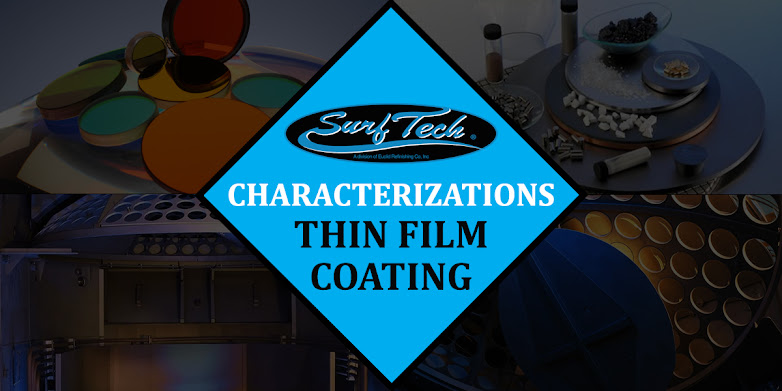6 Steps In The Manufacturing Process Of a Stainless Steel Product

Stainless steel is a metal that is widely used in modern construction. This alloy is widely used in the construction of decorative elements due to its corrosion resistance and pleasing appearance, particularly in areas with unfavorable atmospheric influences. Stainless steel is literally all around us and you can also use custom PVD coating . Yet how many of us are familiar with the way this type of metal and its derivative products are made? There are six major steps in the production of stainless steel, according to this article: Here Are 6 Steps In The Production of Stainless Steel Melting And Casting The raw materials that make up a stainless steel item are combined and melted in a massive electric furnace. During this step, intense heat is applied repeatedly for 8 to 12 hours. When the melting process is finished, the molten steel is cast into the desired semi-finished forms. Slabs, blooms (rectangular shapes), billets (round or square), rods, and tube rounds are some of the mos

